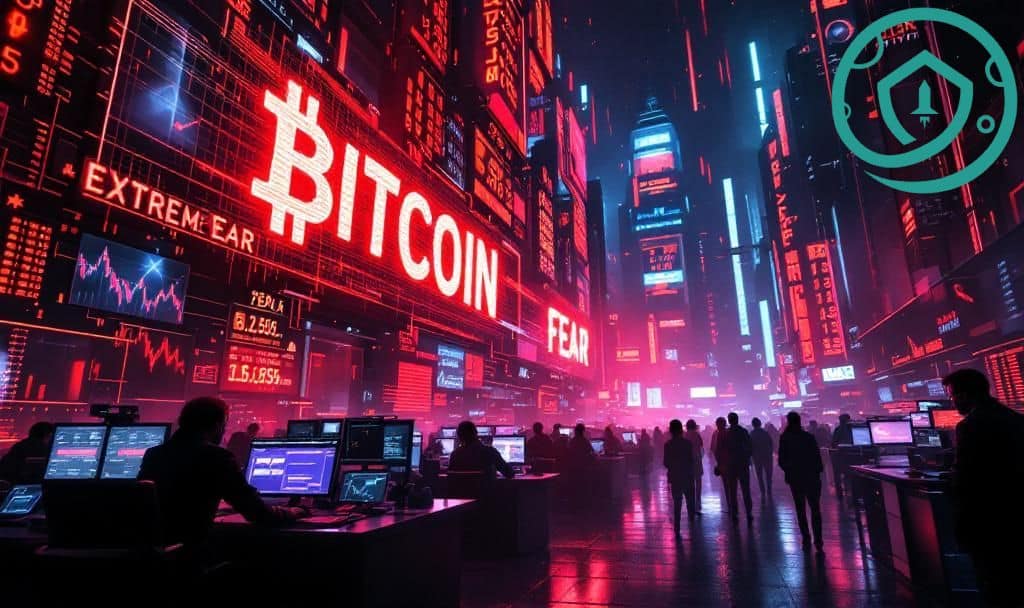
Bitcoin Fear and Greed Index Hits Extreme Low
- The Bitcoin Fear and Greed Index dropped to a record low.
- “Extreme Fear” level lowers investor confidence.
- Market volatility and caution increase amid lower index readings.
The Bitcoin Fear and Greed Index has plunged to ‘Extreme Fear’ levels, reading at 11, lower than during the FTX collapse, reflecting heightened investor anxiety.
This sentiment shift highlights potential instability and volatility in the cryptocurrency market, affecting Bitcoin, Ethereum, and major altcoins, with key industry figures remaining silent.
Bitcoin Fear and Greed Index has plunged to levels not seen since the FTX collapse, signaling heightened investor anxiety.
Market Reactions to Extreme Fear
The Bitcoin Fear and Greed Index has plunged to levels not seen since the FTX collapse. This sharp decline signals heightened investor anxiety, with analysts closely watching market responses amidst these concerning readings.
“Market emotions can play a significant role in investment decisions. It’s crucial to remain rational during extreme fear,” said Changpeng Zhao (CZ), CEO, Binance.
With a current index reading of 11, the market shows acute nervousness. No single institution dictates this fluctuation; rather, it is gauged through collective sentiment analysis, signaling potential changes in trading behavior.
Impacts on the Cryptocurrency and DeFi Sectors
The fallout affects the entire cryptocurrency market, inducing increased volatility across various assets. Investors are notably moving towards Bitcoin as a protective measure against altcoin market fluctuations, reflecting findings from the CFGI Maeve Project.
Financial implications are significant, leading to reduced liquidity in riskier cryptocurrencies. Traditional market patterns reveal shifts towards safer assets, backed by a decrease in DeFi activities and ongoing trading volumes.
Market Sentiment and Historical Context
Across various forums, investor sentiment mirrors uncertainty, though official comments from crypto leaders remain sparse. Exchanges, typically quick to comment, have not issued immediate statements amid the panic.
Historical comparisons draw parallels with previous market lows, where extreme readings underscored critical market transitions. Analysts predict further caution dominating investor strategies, while regulatory bodies have yet to announce any reactive measures.







